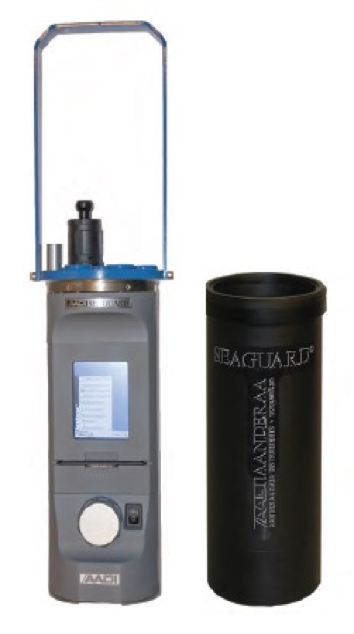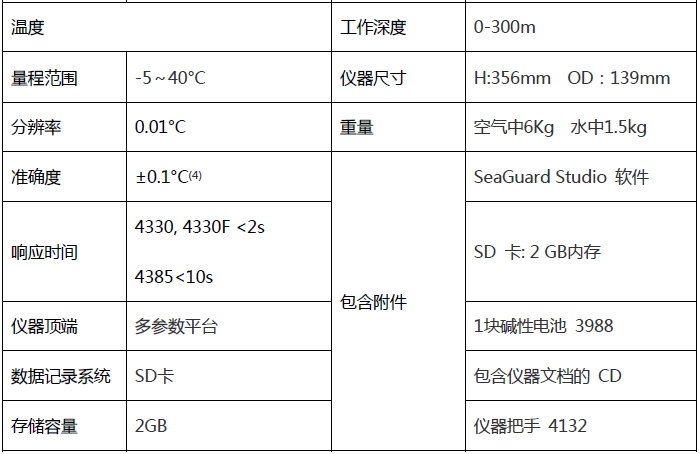| Andra Ocean Guardian O2The recorder is a rugged and powerful O-produced based on the Ocean Guard platform.2Recorder.It can be used for O2Concentration measurement.At the same time, the instrument can also be used as a platform to expand and add other measurement parameters such as (CTD, current, turbidity, waves, tides) |  | ||||||||
| Features: | |||||||||
·High resolution, low drift ·Small maintenance ·Principles of optical measurement ·Long-term stability ·No calibration required for more than one year ·Measurement intervals from 2 seconds to 2 hours are optional ·SeaGuard Studio Visualization Software ·Intelligent sensor based on CANbus interface ·Can be used for both seawater and fresh water | |||||||||
Andra dissolved oxygen probes are based on the principle of fluorescence quenching measurement of life cycle.It uses platinum porphyrin complex as a fluorescent material and is embedded in a breathable fluorescent film. A black light isolation coating protects the fluorescent material from the fluorescence of sunlight and water particles.The fluorescent film is exposed to ambient water on one side and is installed on the optical window of the measuring chamber on the other side.The life cycle-based fluorescence quenching measurement principle has the following advantages compared to electrochemical sensors: ·The impact of disturbance is small (no oxygen consumption) ·Less affected by pollution ·Measuring absolute dissolved oxygen concentration does not require frequent calibration ·Better long-term stability ·Less affected by stress ·The impact of stress is predictable ·Faster response time Ocean Guardian O2The recorder can be collected through Andra's real-time data acquisition software, and the output parameters can be displayed and processed through SeaGuard Studio software. The sensor is an intelligent sensor, plug-and-play, and can be automatically identified. | |||||||||
Technical parameters | |||||||||
  | |||||||||
| Note: (1) μM =μmol/l. If you want to get mg/L, divide by 31.25. (2) Salinity compensation is required when salinity changes >1mS/cm. (3) Calibration range: 0~120%. (4) Calibration range: 0~36°C. (5) Parameters are subject to change without notice. | |||||||||
| Origin:Norway AANDERAA | |||||||||